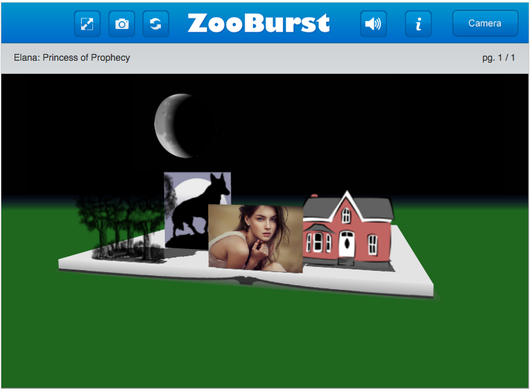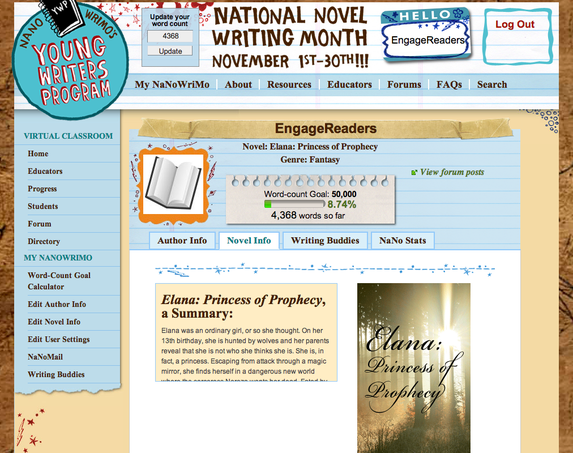
Consider your topic area, or one aspect of your topic area dimensionally AND create a graphic representation of the many dimensions of your topic. Look at at your topic from different perspectives and levels and use these ideas to represent the dimensional thinking your idea possesses. Consider the educational implications of thinking dimensionally about your topic. Why would someone use this as a model to teach? What are the benefits of this model?
Once you have thought dimensionally about your topic, post your graphic representation to your workspace and write about 500 words discussing briefly: a) your understanding of the cognitive tool of modeling (approximately 1 sentence), b) your specific topic and the dimensions through which you explore it, c) your graphical representation*, what you did and most importantly why.
In thinking about my topic of genre, I kept going back to the idea of the digital story and how different technologies allow the possibility for readers to have a more immersive experience than simply reading text on a page. I have been a fan of book trailers for a number of years and have used this form of digital storytelling with my students to share their content knowledge about the books they read. I wanted to look at the idea of character as a building block for a narrative and see what digital models I could find to explore that element of genre.
Something I have not explored is the use of 3D virtual worlds as a tool for digital storytelling. I have heard a lot about these tools but until now have not used them. One platform I researched is ZooBurst which is described as a 3D Augmented Reality pop-up book. I thought the site was very interesting and will definitely keep it in my toolkit for possible student projects. Users create a scene on a canvas that looks like an open book and add elements of setting and characters to the page. As the book is viewed, these elements pop-up and can be viewed in 3D by the user dragging and rotating the book. Text and audio can also be added to help tell the story.
I had trouble finding concrete examples of how other educators have used it for this purpose. Some links mentioned using it as a way for students to create a character and visualize how the characters might interact with objects in their world. I did create an account on Second Life and explored some of the places on the grid, but decided it was not what I was looking for. It had too much complexity and because it could not be used with users under 13 years old, it wasn't something I could really model with my students.
| 1. Long term goal 2. What stands in the way of the goal 3. What does he or she stand to lose 4. Flaw 5. Strength | 6. Hates 7. Loves 8. Fears 9. Dream 10. Secret |
While creating the Sim versions of my protagonist Elana and her parents Rosalind and Darius, I tried to translate some of these elements into the Sim traits. I also added other traits that were part of the motivations of the characters in the story. For example, the parents are both protective of Elana and care about each other, so I gave them both the "family-oriented" trait. It is revealed later in the story that Darius was once the captain of the royal guard, so qualities like "brave" and "love the outdoors" made sense for him. Elana's mother guides and teaches her important survival skills in the early part of the story, so the "gatherer" trait made sense. Elana has yet to realize that she is special, but I gave her qualities that I envision will help her accomplish the tasks ahead of her. She is "brave" and a "genius" but also has a "good sense of humor" that I hope I can get across through dialogue and internal monologue.
Below is a video of how I created my protagonist and her Sim family. I think it is a useful visual tool and one I can return to if writer's block strikes or I feel like I need to "see" my characters in order to better translate some look, action, or interaction into words.
Virtual tools such as this are not out of the reach of students but perhaps they have not thought to use them in this way. I have a few students who have based their NaNoWriMo novels on virtual worlds like Minecraft or worlds of their own creation. For projects like those, actually playing the game might be a great generator of new ideas for their stories.




 RSS Feed
RSS Feed